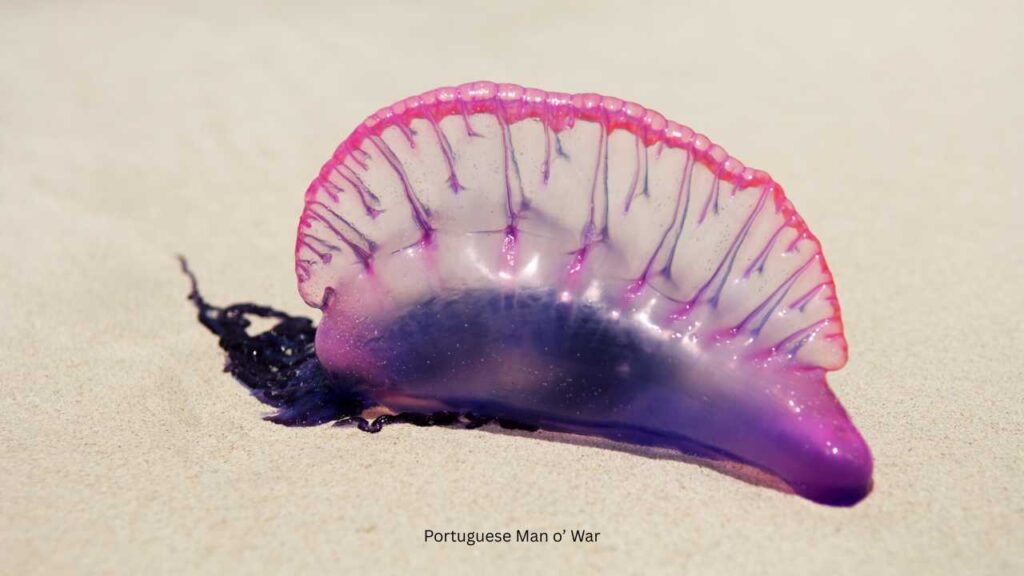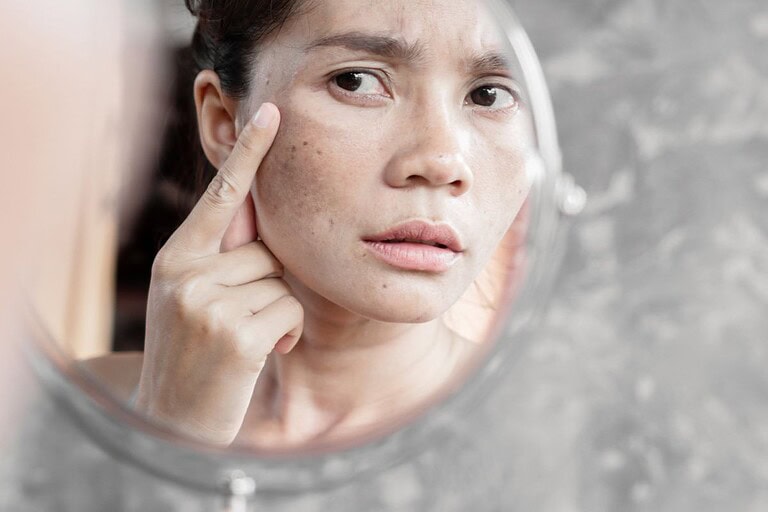In tropical oceans around the world, there’s a small but strikingly beautiful sea creature with a silvery-blue body and flowing appendages — the Blue Dragon. Its fantasy-like appearance makes it a favorite subject among divers and photographers. Scientifically known as Glaucus atlanticus, it may look harmless, but it carries potent venom that can be harmful to humans.


This article will explain what a Blue Dragon is, whether it is dangerous, where it can be found, and how to treat yourself if you come into contact with one.
What Is a Blue Dragon?
The Blue Dragon is a type of nudibranch, a soft-bodied sea slug related to sea hares and other marine mollusks. It measures just 3–5 centimeters in length and has a delicate, silver-blue body with wing-like extensions that allow it to float gracefully on the ocean’s surface.
Unlike most sea creatures that live below the surface, the Blue Dragon floats on top of the water by using surface tension and the wind to drift with the current.
Is the Blue Dragon Venomous?
Yes, the Blue Dragon (Glaucus atlanticus) is venomous, but it does not produce venom on its own.
Instead, it absorbs venomous cells from its prey, such as the Portuguese Man o’ War, and stores them in its body, particularly in the tips of its appendages (called cerata).


How Does It Store Venom?
When the Blue Dragon consumes jellyfish like the Portuguese Man o’ War, it doesn’t digest their stinging cells.
Instead, it stores these nematocysts inside specialized sacs at the end of its cerata.
These stinging cells remain active, meaning the Blue Dragon can unleash them upon contact — as if it were the jellyfish itself.
What Happens When a Human Is Stung?
If human skin comes into direct contact with a Blue Dragon, the nematocysts it has stored can embed into the skin and release venom, leading to symptoms similar to a jellyfish sting:
- Burning, redness, swelling, and pain at the site of contact
- In severe cases or allergic individuals: difficulty breathing, tightness in the chest, dizziness, or fainting
Its Venom Remains Active Even After Death
One critical warning: Even if the Blue Dragon is dead, its venomous stingers remain active and can still harm you.
If you find one washed ashore, do not touch or collect it.
Alert beach officials and keep a safe distance.
Where Are Blue Dragons Found?
Blue Dragons are found in tropical and subtropical oceans worldwide. (In 2025, one was reported in Phuket, Thailand.)
They are especially common in:
- Eastern and southern coasts of Australia
- South Africa
- The Philippines
- Mexico
Occasionally, they may be found along Thai coastlines, especially after ocean currents push marine life toward the shore.
Since they float on the surface, they’re more likely to be seen near beaches than other deep-sea species.
First Aid for Blue Dragon Stings
According to research by the University of Hawai‘i and recommendations by the American Academy of Family Physicians (AAFP), the most effective first aid for Physalia stings (the same venom found in Blue Dragons) involves:
Recommended First Aid Steps:
- Rinse the affected area with vinegar (acetic acid)
This helps neutralize any stingers that may still be embedded in the skin. - Carefully remove any visible tentacles or stingers
Use tweezers or a non-metallic object — not your bare hands. - Soak the affected area in hot water (~45°C) for 20–45 minutes
Research shows hot water can significantly reduce pain and venom activity more effectively than cold water. - Watch for symptoms of an allergic reaction
Such as difficulty breathing, dizziness, nausea, or loss of consciousness. Seek medical attention immediately if these occur.
How Blue Dragon Stings Differ from Normal Wounds (Cellular-Level Overview)
While the Blue Dragon may look delicate, its sting is biologically complex and can cause a much more severe reaction than ordinary cuts or scrapes.
Mechanism of Injury
Blue Dragon Stings:
The injury comes from nematocysts, which fire venom directly into the skin. These penetrate the epidermis and dermis, releasing inflammatory substances immediately.
Normal Wounds:
These are caused by mechanical trauma such as cuts or abrasions. There’s no venom involved — only physical damage to tissue.
Cellular Effects
Blue Dragon Venom Contains:
- Proteolytic enzymes: Break down skin proteins and cause tissue damage
- Neurotoxins: Stimulate or irritate nerves, causing intense pain
- Histamine-like compounds: Trigger allergic reactions, redness, swelling, and itching; in some cases, can lead to anaphylaxis
In contrast, normal wounds result in localized inflammation and immune cell activity (like neutrophils and macrophages) that focus on tissue repair — not venom neutralization.
Immune Response and Complications
Blue Dragon Stings:
Can cause a systemic immune reaction, including hives, bronchial constriction, or even anaphylactic shock in sensitive individuals.
Normal Wounds:
Localized immune response only. Severe complications occur mainly from infection, not allergic or venomous reactions.
Summary Comparison Table
| Feature | Blue Dragon Sting | Common Wound |
|---|---|---|
| Cause | Jellyfish stingers (nematocysts) | Mechanical trauma (cut/scrape) |
| Cellular Impact | Venom injection, cell breakdown | Physical cell rupture |
| Venom Present | Yes (toxins, enzymes, allergens) | No |
| Immune Response | May trigger systemic reactions | Local inflammation only |
| Risks | Anaphylaxis, allergic reaction | Infection if untreated |
Beautiful but Dangerous
The Blue Dragon is a stunning yet hazardous marine creature. It’s a marvel of ocean biodiversity that should be admired from a safe distance.
For divers, beachgoers, and marine nature lovers, awareness and caution are the keys to staying safe — while respecting and preserving these rare and fascinating species.



